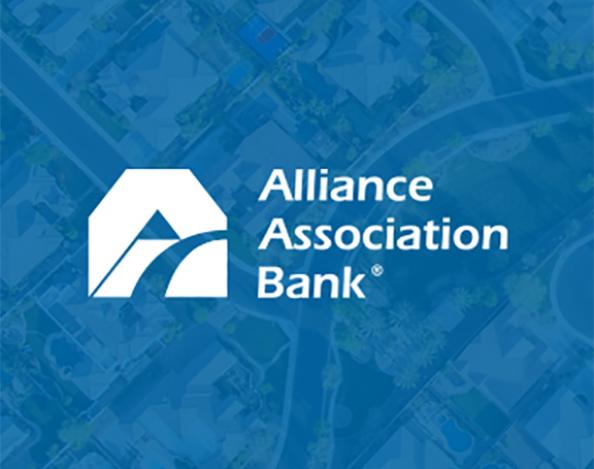Why Borrow from Alliance Association Bank?
When faced with large or unexpected capital improvement projects, it is often necessary for an Association to borrow funds in order to move forward. Oftentimes the reserve funds are not enough to cover the project and a one-time special assessment would be too onerous on the unit owners. However, aside from necessity it may actually be prudent for an Association to borrow funds when contemplating repair or improvement of common elements. Borrowing is oftentimes considered taboo for organizations, but it may just provide the financial flexibility and reasonable means to distribute the cost of large long term projects to those who benefit from them.
Generally, a large percentage (if not all) of the common elements in an Association will last for longer than the ownership length of the property. According to the US Census Bureau, only 37 percent of Americans have lived in their homes for more than 10 years, with a median duration of 5.9 years. With the materials being used today, structural elements such as roofing and siding can last upwards of 40 years. Now, the common elements can’t just be left to deteriorate as associations have the obligation of maintaining and even enhancing the common elements of their community. In doing so, they provide a positive living environment for their members, but they also protect the financial investment each member has made by choosing to own property. The burden of paying for necessary or desired improvements to the community should not just belong to those who will be in the Association for the entire life of the improvements. However, should a short term owner be paying the entire cost for improvements that last longer than their tenure in the property will exist?
Utilizing financing is a way to spread the cost of common area improvements out over time, and is a way to address the issue of assigning the cost of improvements to those who are benefiting from them. If monthly assessments are increased to cover loan payments, the financial burden is spread out over the length of the loan. In this manner, a homeowner who sells their home a few years after completion of a capital improvement project will only share a portion of the financial burden. The new home owner would pick up where the prior owner left off. Thus the cost of maintaining/enhancing the community is more equitably spread over those community members that are benefiting from the financed project. If an Association felt so inclined, they could even offer members the option to pay their portion of the project cost up-front or to participate in the lending program. In this manner those who considered themselves long-term residents would have the option of avoiding interest costs. If this approach is used, all residents are given options that may make approving a large dollar project more palatable, and getting a loan may actually enhance the association’s chance of gaining community support.
Alliance Association Bank
Alliance Association Bank, a division of Western Alliance Bank, Member FDIC, delivers a tailored suite of deposit, financing and technology solutions designed for community management companies and homeowner associations nationwide. The bank’s relationship officers provide a broad spectrum of innovative and customized solutions to help community associations succeed, all with a high level of expertise and responsiveness. Alliance Association Bank is part of Western Alliance Bancorporation, which has more than $85 billion in assets. Major accolades include being ranked as a top U.S. bank in 2024 by American Banker and Bank Director. With significant national capabilities, Alliance Association Bank delivers the reach, resources and deep industry knowledge that make a difference for customers.
